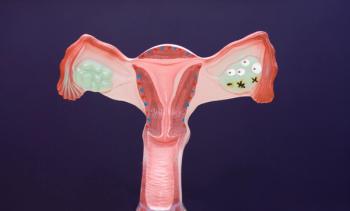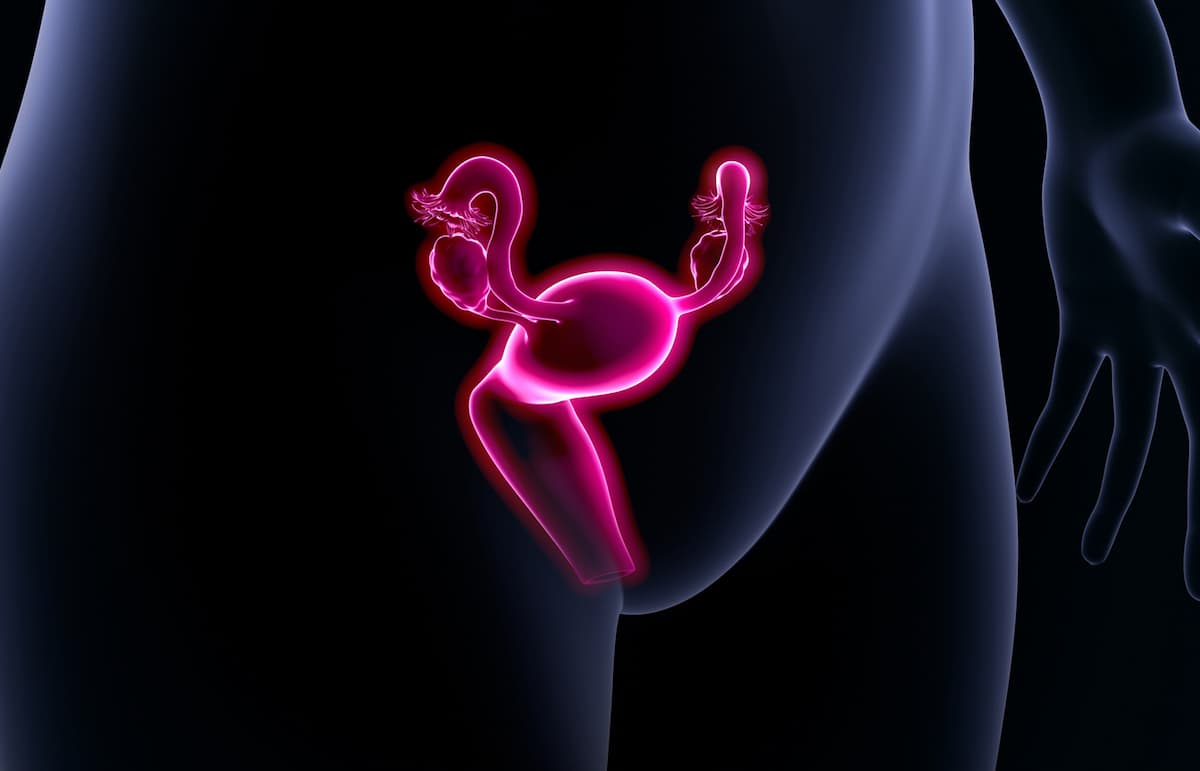
Cervical Cancer
Latest News
Latest Videos

Podcasts
CME Content
More News

Less radical surgery did not come at the expense of postoperative metrics, including 30-day readmissions, surgical findings, or receipt of adjuvant therapy.
!["[The Teal Wand] offers an evidence-based way to expand access [to screening] without compromising accuracy,” according to Christine Conageski, MD, MSc, from the University of Colorado Anschutz Medical Campus.](https://cdn.sanity.io/images/0vv8moc6/cancernetwork/c41c601528cfbdb8b14b609e326649f33f596c38-1200x675.jpg?w=350&fit=crop&auto=format)
Teal Wand showed a 95% positive percent agreement when screening for cervical cancer.

The addition of chemotherapy to radiotherapy did not show significant improvements in OS when compared with radiotherapy alone in patients with intermediate-risk cervical cancer.

Tisotumab vedotin elicited a median OS of 11.5 months vs 9.5 months with chemotherapy in advanced cervical cancer in the phase 3 innovaTV 301 trial.

Increased incidence and mortality rates for cervical cancer among rural women in the US may result from barriers to access to care.

Patients who had recurrence in the radiation field experienced similar responses vs those with recurrence outside the radiation field.

Despite all groups completing chemoradiation within 56 days, delays contributed to a nonsignificant difference in length between Black vs White patients.

Results from the phase 2 DURBAC trial showed BVAC-C/durvalumab improved response in HPV+ cervical cancer.

Combining zimberelimab with lenvatinib produced a manageable safety profile among patients with advanced cervical cancer in a phase 2 trial.

Despite similar 36-week results, chemoradiation showed a statistically significant difference in QOL scores at 3 and 7 weeks vs radiation therapy alone.

Second interim analysis results from the KEYNOTE-A18 trial show continued efficacy of pembrolizumab/CCRT in those with locally advanced cervical cancer.

As a gynecologic oncology surgeon, Mario M. Leitao, MD, FACOG, FACS, highlights how his career has evolved through using robotic surgery, new fertility preservation techniques, and his contributions to the research field.

Progression-free survival and objective response rate outcomes favored the tisotumab vedotin arm in the China subpopulation of the innovaTV 301 study.

Results from the phase 3 KEYNOTE-826 trial show that the safety profile of pembrolizumab plus chemotherapy was manageable in cervical cancer.

Data from the INTERLACE trial shows induction chemotherapy followed by chemoradiotherapy prolongs overall survival in locally advanced cervical cancer.

Subgroup data indicate a positive efficacy trend for TG4001 plus avelumab among patients with cervical cancer.

Laura Bucher-Bailey, PharmD, discussed the approval of tisotumab vedotin-tftv for patients with recurrent or metastatic cervical cancer who have had progression after chemotherapy.

Pembrolizumab combination improved efficacy outcomes vs chemoradiotherapy alone in patients with advanced cervical cancer.

The use of an ultrasensitive assay was able to detect HPV-16-positive SiHa cells at greater than 500 cells/mL for cervical cancer.

Approval of the self-collection solution may reduce barriers to sample collection and increase access to cervical cancer screening.

The CheckMate 358 trial assessed various doses of nivolumab with or without ipilimumab for recurrent or metastatic cervical cancer.

Tisotumab vedotin-tftv may now be given to patients with recurrent or metastatic cervical cancer, according to the FDA.

A phase 2 trial showed favorable antitumor activity when tislelizumab plus chemotherapy was used for patients with locally advaned cervical cancer.

Study finds social determinants of health linked to variations in cervical cancer rates.

Treatment with simple hysterectomy reduces the incidence of urinary incontinence compared with radical hysterectomy in patients with low-risk cervical cancer.




























































































